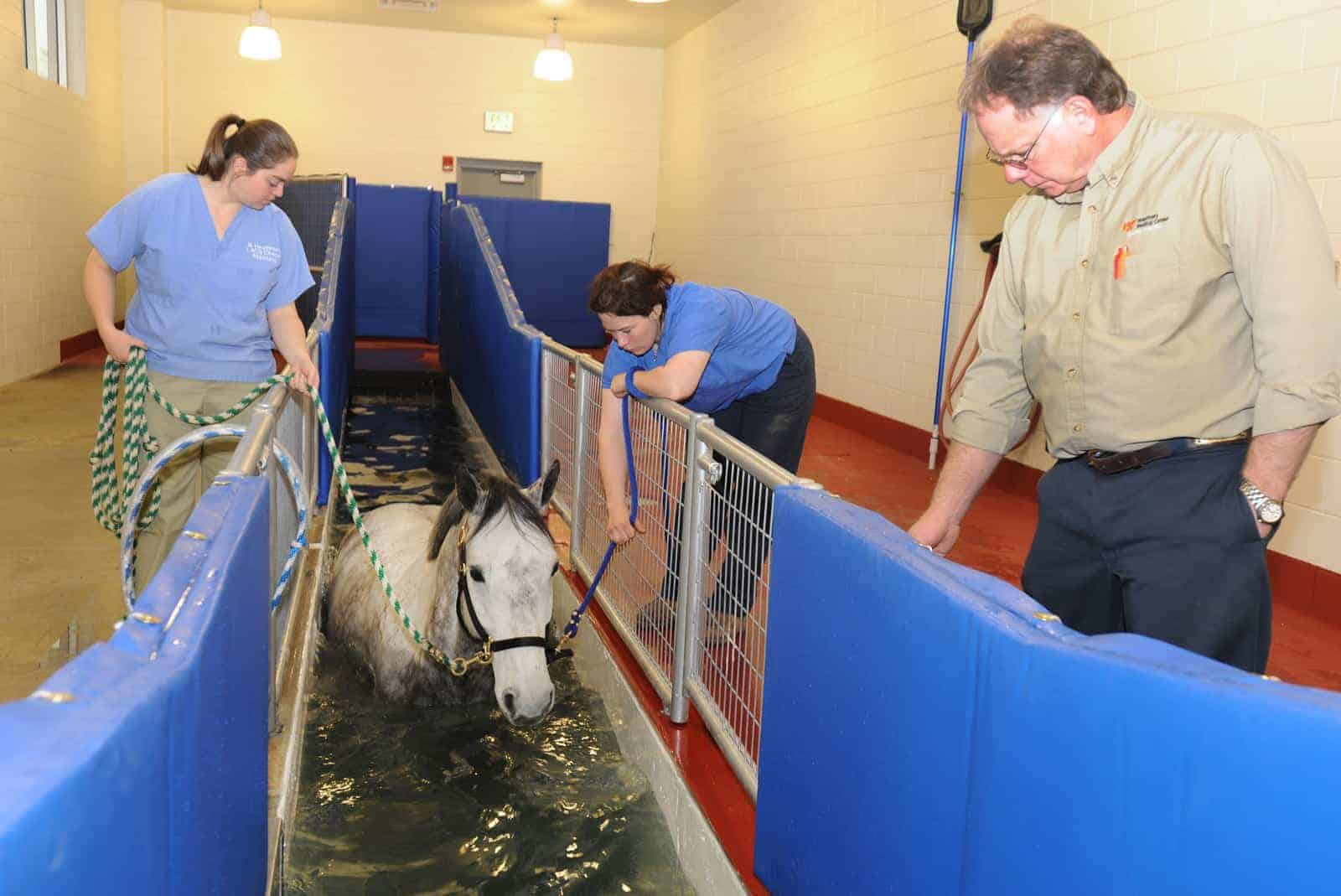What Do We Know About Rehab Modalities in Horses?

Given the popularity of rehabilitation modalities in modern equine practice, Katherine Ellis, DVM, a third-year equine sports medicine and rehabilitation resident at Colorado State University, recently reviewed the available indications, proposed mechanism of actions, and regulation of rehabilitation modalities during the 2019 Annual Convention of the American Association of Equine Practitioners (AAEP), held Dec. 7-11 in Denver.
The complete article, “Review of the current literature of common rehabilitation modalities,” provides far more details that can be included in this skeleton synopsis, but the following table offers a bird’s-eye view of Ellis’ presentation.
“When considering the following modalities, be certain to review the regulations of the governing body appropriate for your event,” she said. “The FEI, USEF, and other organizations like AQHA often have regulations regarding the accepted use of these modalities during competition.”
Create a free account with TheHorse.com to view this content.
TheHorse.com is home to thousands of free articles about horse health care. In order to access some of our exclusive free content, you must be signed into TheHorse.com.
Start your free account today!
Already have an account?
and continue reading.

Written by:
Stacey Oke, DVM, MSc
Related Articles
Stay on top of the most recent Horse Health news with















